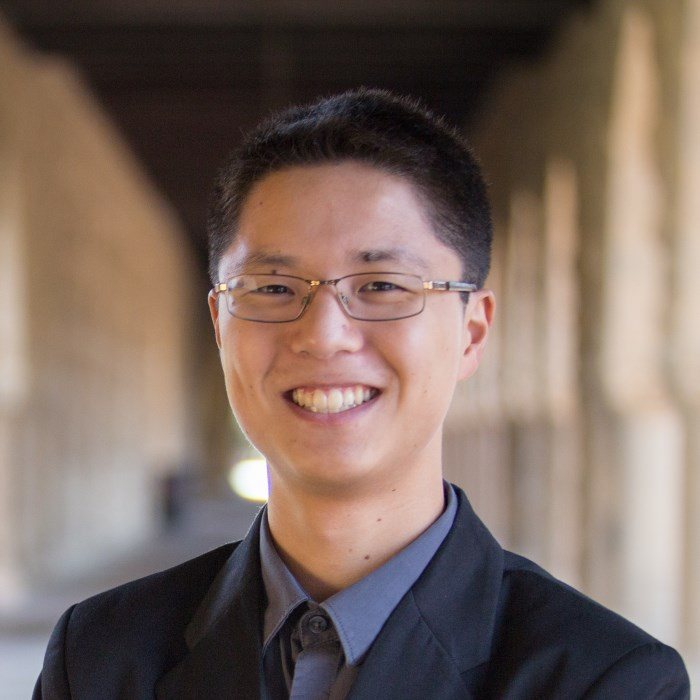Benjamin Yeh
MD/PhD Student at UCLA-Caltech MSTP
Hi! I am a MD/PhD student in the UCLA-Caltech Medical Scientist Training Program. Prior to becoming a Bruin, I studied bioengineering and computer science at Stanford University, where I was fortunate to be advised by fantastic research mentors Dr. Roger Kornberg and Dr. Justin Annes. I find the iterative cycle of data-driven hypothesis generation, creative experimental design, and modeling an incredibly exciting and compelling approach to science. I love learning new techniques (whether wet lab or computational!) and applying them to explore the mechanisms of disease—and to identify potential therapies.
Outside of lab and coursework, I most recently served as an operations co-director of the LA Human Rights Initiative, helping asylum seekers obtain pro bono forensic evaluations. I also co-founded MedTech at UCLA to equip medical students with fundamental skills in data science, coding, and engineering. Previously, I enjoyed volunteering at one of Stanford’s free student-run clinics as well as helping organize a regional student-run computational biology conference. As an undergraduate, I also had the amazing opportunity to serve as a Peer Health Educator and mentor in a Stanford freshman dorm. In my free time, I love playing piano and volleyball. Please don’t hesitate to reach out to me if my background aligns with any of your interests!

Latest Posts
-
images
geometry
2-D Image Transformations and Alignment
Given a set of corresponding points in two images, how can you align them? What if the pixel aspect ratios in the two images are different?
-
gene-expression
Cell-mixture deconvolution and applications
An introduction to cell mixture deconvolution and applications based on material taught in Stanford IMMUNOL 207, Spring 2020.
-
gene-expression
Statistical Models of Gene Expression Analysis
Why is the negative binomial distribution used to model sequencing read counts? What do FPKM and TPM mean? What are common models of differential gene expression and pathway analysis?
-
python
multiprocessing
Checking progress of Python multiprocessing pools
Use
tqdmor roll your own code snippets to quickly check the progress of your Python multiprocessing pools! -
python
multiprocessing
Characterizing the behavior of Python multiprocessing pools
The behavior of Python multiprocessing pools depends on largely on the target functions.